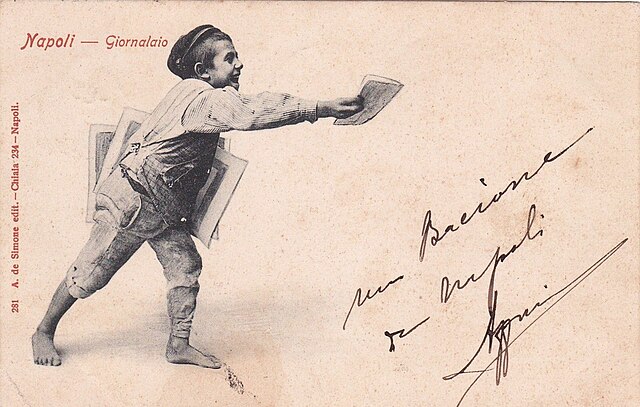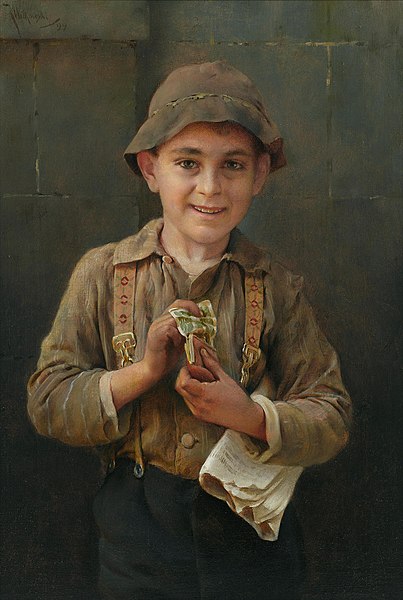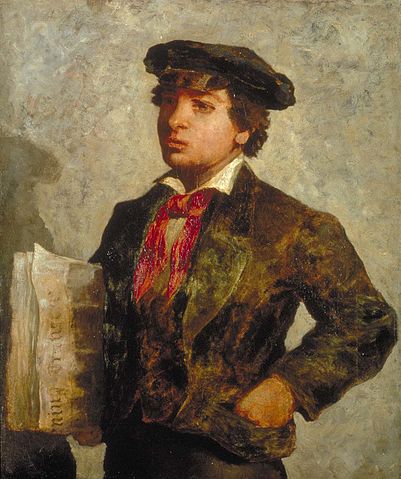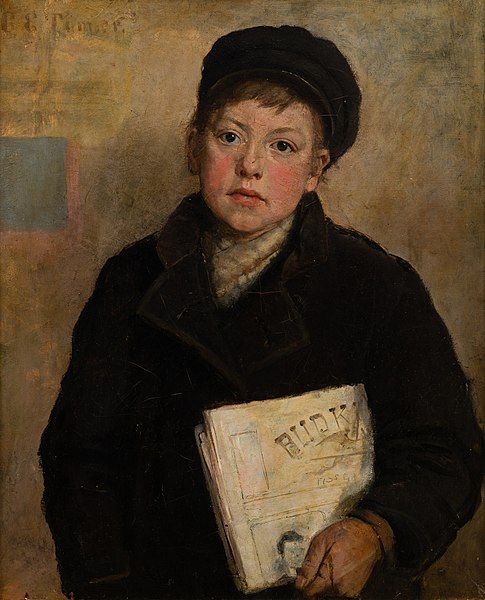
Thammasat University students are cordially invited to download a free Open Access book at this link that should be useful for readers interested in journalism and mass communication, history, law, political science, media, digital humanities, and related studies.
Digitised Newspapers – A New Eldorado for Historians?: Reflections on Tools, Methods and Epistemology was coedited by Dr. Estelle Bunout, Dr. Maud Ehrmann, and Dr. Frédéric Clavert.
The TU Library collection includes a number of books on different aspects of digital humanities and digitized newspapers.
The publisher’s description of the book follows in part:
The application of digital technologies to historical newspapers has changed the research landscape historians were used to. An Eldorado? Despite undeniable advantages, the new digital affordance of historical newspapers also transforms research practices and confronts historians with new challenges […] This volume provides a snapshot of current research on the subject and offers three perspectives: how digitisation is transforming access to and exploration of historical newspaper collections; how automatic content processing allows for the creation of new layers of information; and, finally, what analyses this enhanced material opens up.
The term Eldorado or place of unlimited riches, is also written El Dorado. It is of Spanish origin, at first referring to a legend from the 1500s about a mythical tribal chief who covered himself with gold dust. El Dorado changed from being a man, to a city, kingdom, and finally an empire.

The coeditors observe in an introduction:
The application of digital technologies to newspaper archives is transforming the way historians engage with these sources. The digital evolution not only affects how scholars access historical newspapers, but also, increasingly, how they search, explore and study them. Two developments have been driving this transformation: massive digitisation, which facilitates access to remote holdings and, more recently, improved search capabilities, which alleviate the tedious exploration of vast collections, opens up new prospects and transforms research practices. Since the 2000s, regional and national libraries as well as transnational bodies and commercial operators made considerable investments in historical newspaper digitisation, with the aim of both making them available to larger audiences and ensuring the preservation of sometimes fragile paper originals. […]
These efforts have yielded millions of newspaper facsimiles along with their transcribed text at regional, national and international levels. From manual, on-site exploration of microfilm or paper collections to full-text search over millions of OCRed pages via online portals, digitisation significantly eased the way academic and non-academic users alike can access, visualise and search historical newspapers. Beyond preservation and accessibility, digitisation also offers the possibility of applying machine-reading techniques to the content of digitised newspapers, with the potential to extend exploration capabilities far beyond keyword searching, browsing, and close reading. In this regard, a diverse research community – including researchers from digital humanities, natural language processing (NLP), computer vision, digital library and computer sciences – started to pool forces and expertise to push forward the processing of digitised newspapers as well as the extraction and linking of the complex information enclosed in their transcriptions. Besides individual works dedicated to the development of tools, evaluation campaigns and hackathons have multiplied […]

As one blogger noted in 2018,
According to a now worn-out saying: “history is written by the winners”.
An inside historian joke modifies this trope by saying that “history is written by historians being commissioned by the winners”.
Perhaps there is some truth to both of these claims, but in this text I would like to advance a slightly different, but related, claim suggesting that changes in how we manage our historical records form structural changes that direct the way we write history. We are living through such a rupture right now with the massive digitalization projects that are being carried out all over the world (but predominantly in the rich parts of the world).
The digitized collections we now have encompass almost 50 per cent of all books published in Britain in the eighteenth century, all newspapers published in Finland before the year 1929, every single book published in Norway ever, and many other collections throughout the world. Every European country has produced digitized historical collections. On top of this, we have Google’s massive collection of millions of digitized books in the Hathi Trust. We have particularly good digital access to historical newspapers and parliament records from many countries – two collections that seem exceptionally good for long-term datasets.
These projects have an effect on how history is written. Take the digitized newspapers in Finland as an example: a first batch of them was published already in 2004. If you look at any dissertation in history before 2004 that deals with the nineteenth century (from which the bulk of the newspapers come), they usually do not refer to historical newspapers (unless they are specifically about newspapers), but now, in the 2010s, any dissertation dealing with nineteenth century Finland will cite newspapers even in cases when they do not focus on newspapers. The simple reason is that a once very laborious material to use has suddenly become the best available historical source material for the period.
Any new large-scale historical dataset changes history, not because it is the winners deciding what to write history about, but because the choices of what to digitize directs research by providing materials that are, comparatively speaking, easier to use. Massive amounts of historical sources remain undigitized and they are obviously used by historians but have become more difficult to access. […]
In professional history, the period from the 1970s to the 1990s was characterized by challenging an old nationalist narrative of history, the 2000s was much about finding modes for writing transnational, global and postcolonial history.
The digitalization of historical records in the 2010s does not necessarily follow the same path, as it seems to go back to the collections established in the late nineteenth century and the early twentieth century.
Quite naturally, big digitalization projects tend to emphasize the collections that are perceived as most important or assumed to be most interesting to the public and/or are easy to digitize. These collections are very often closely related to the national collections that were started with in the nineteenth century.
While we should be thrilled by the abundance of digitized historical datasets, it is at the same time worth promoting a certain pluralism in terms of what gets digitized and implementing practices in studying digitized sources that hinder a re-nationalization of history writing. The most obvious, but not the easiest to implement, of those practices is setting up research projects so that they include comparative elements such as in the NewsEye and Impresso projects. (Having said this, it is important to underline that this does not mean that the history of the nation should be disregarded.)
We need to remember that the digitalization of historical collections is at the heart of deciding what is important in history. And that the choices made are inherently political and direct historical research.
Other researchers have addressed the issues of changes created by digitizing historical sources and new problems with using digitized newspapers, as well as usage recommendations for researchers.

(All images courtesy of Wikimedia Commons)
